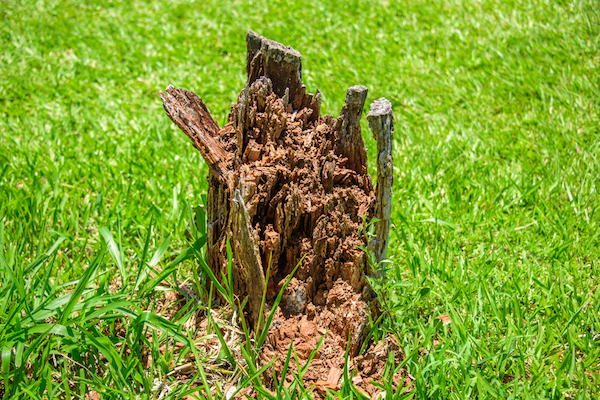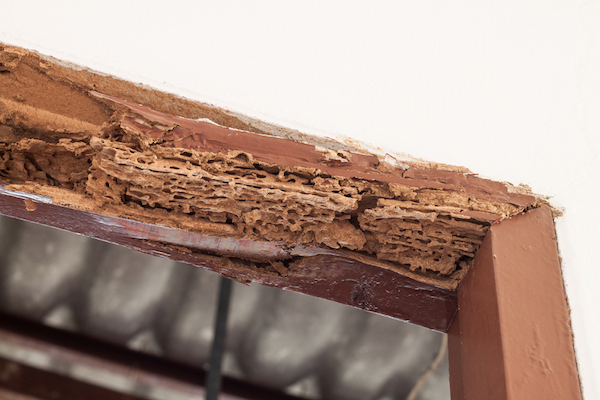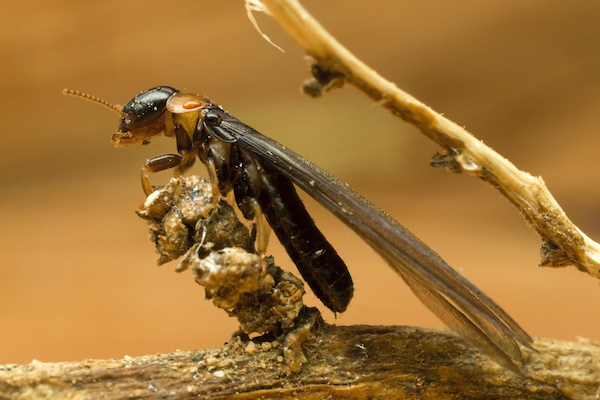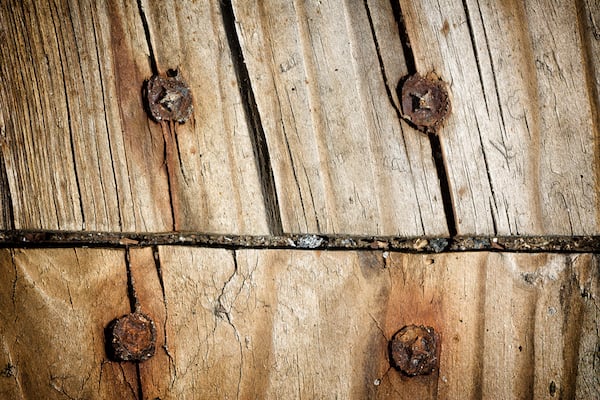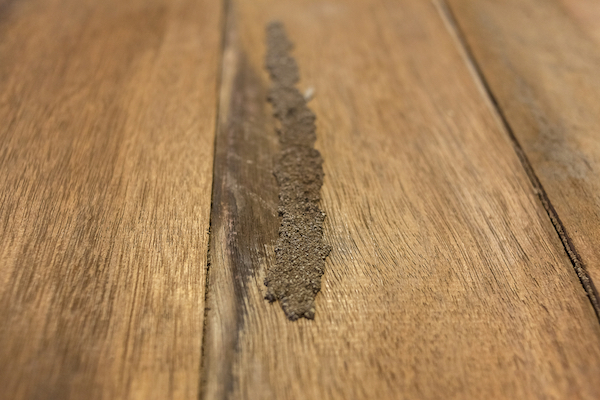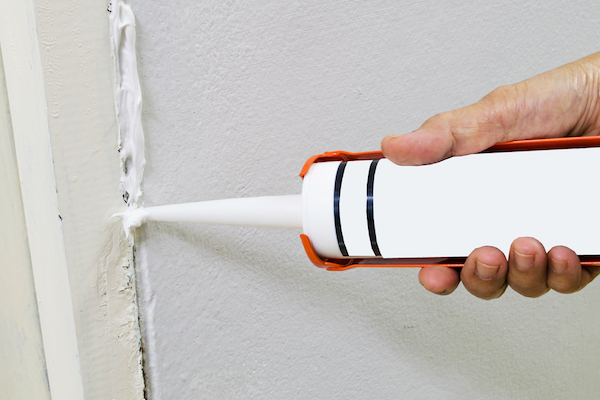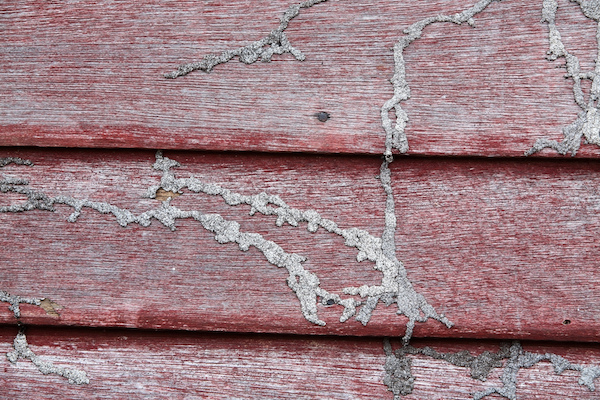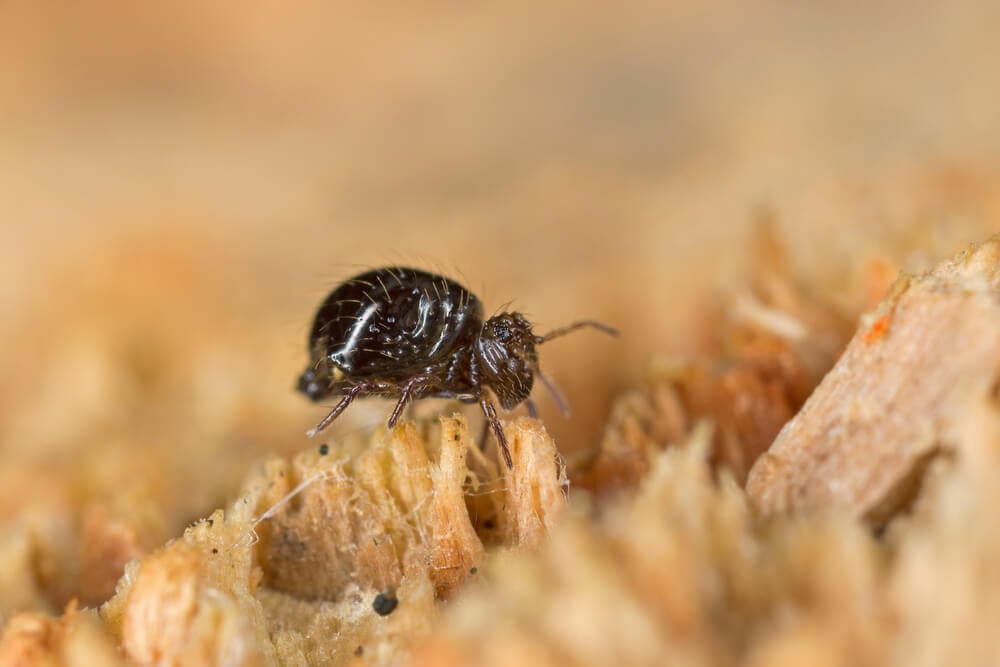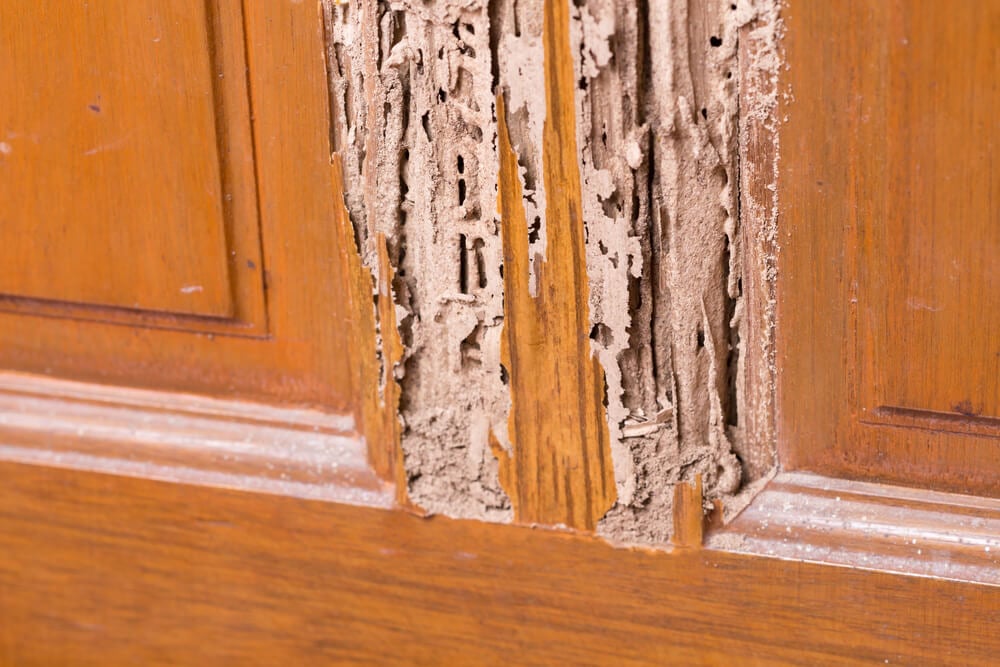
A lot of Midwesterners seem to believe that termites can’t live this far north. Unfortunately, that’s DEFINITELY not the case. Common species of termites can and do live all over the Midwest and the rest of North America. In fact, termites are considered the most destructive wood pest in Michigan.
The first step to preventing termite infestation in your home is understanding how and why you’re at risk. Here are the answers to a couple important termite-related questions.

